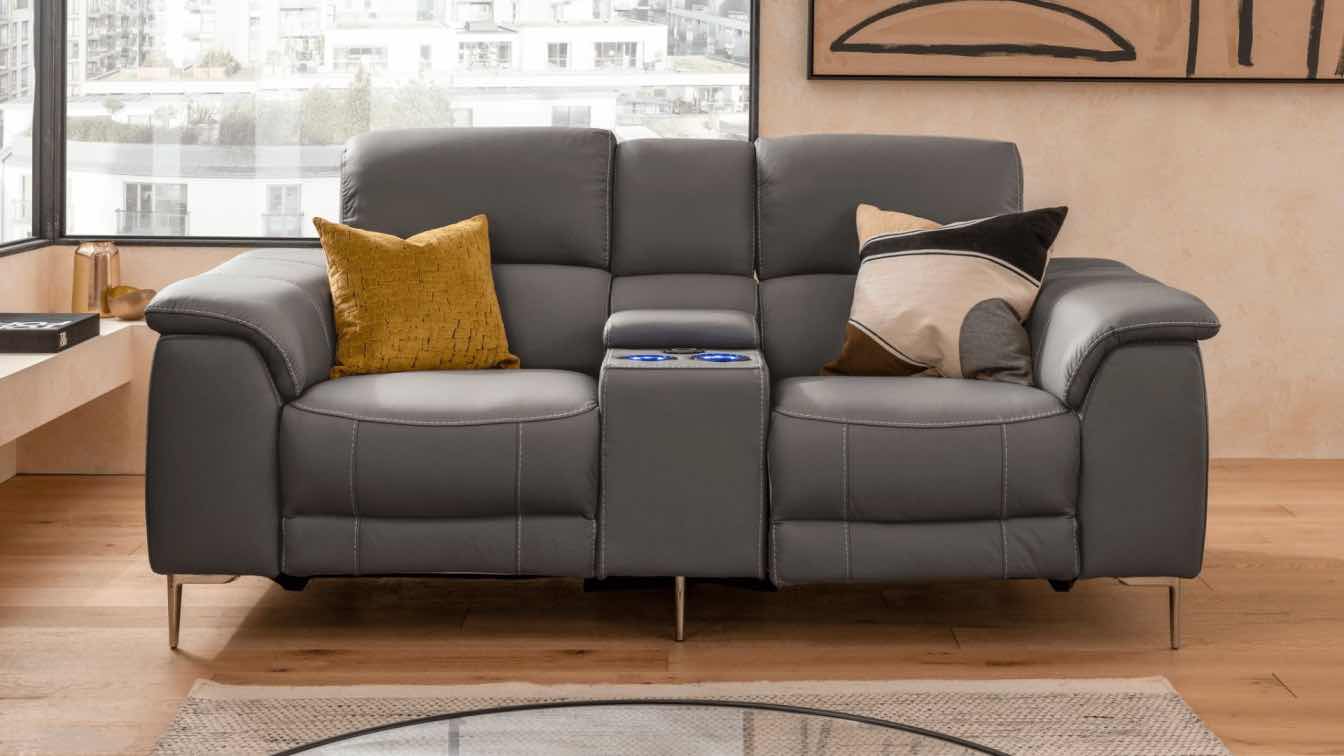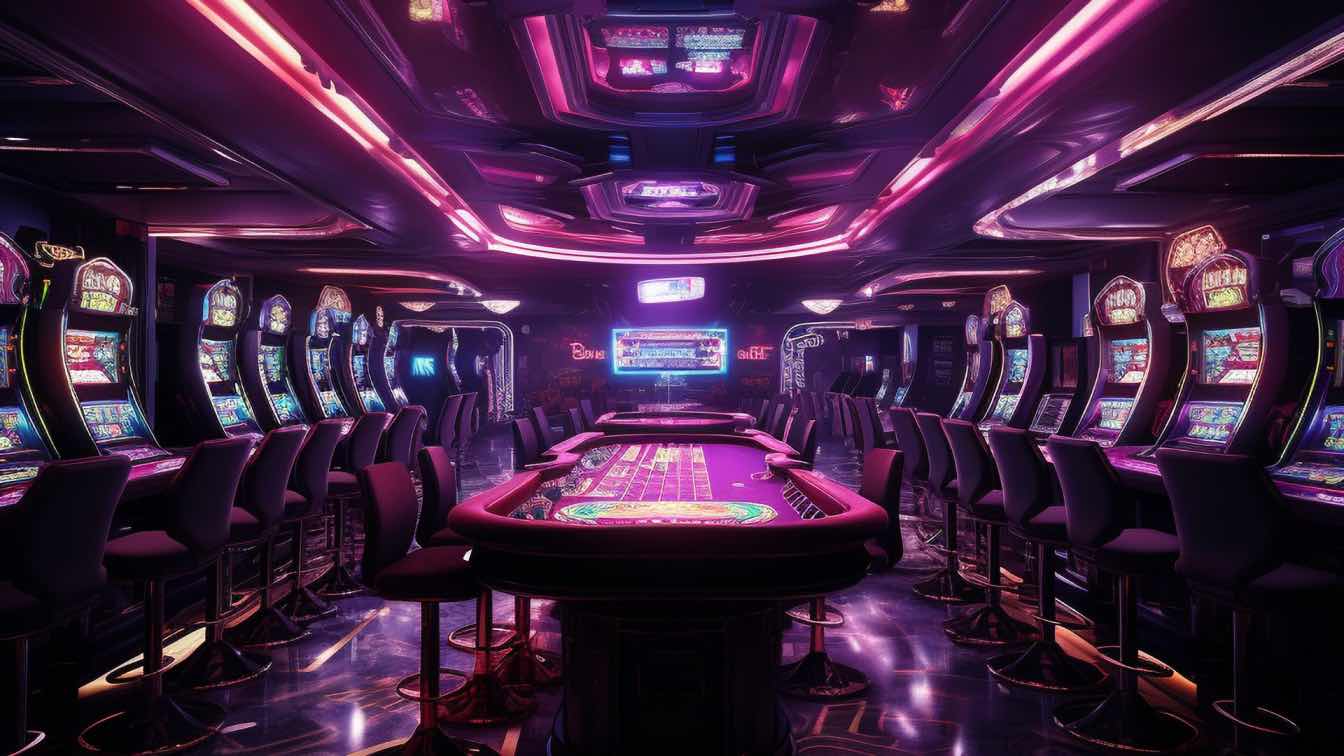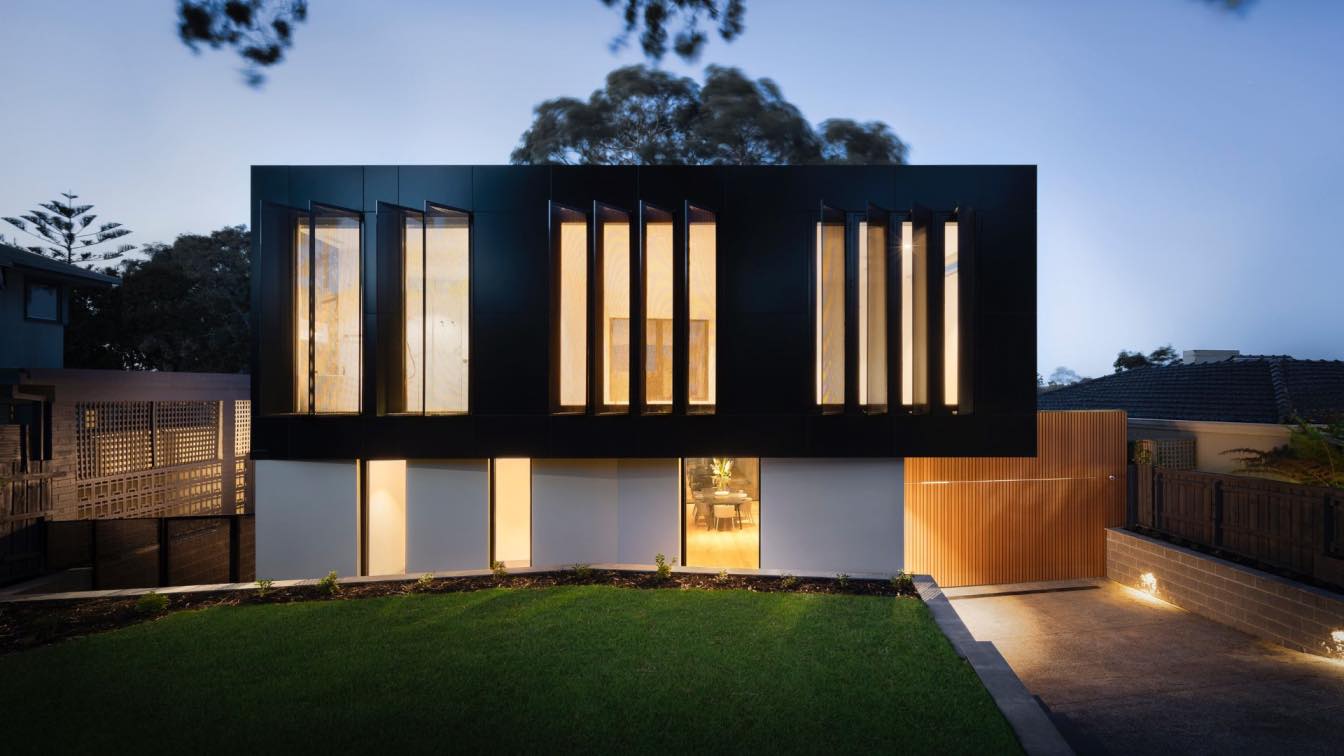If Bitcoin is often labeled as digital gold, NFTs are marketed as the digital answer to collectibles. But what are NFTs, anyway? NFTs (non-fungible tokens) are basically digital assets that can be used to represent anything from game items to concert tickets; they're meant for the pleasure of collecting (and economic benefit via the rarity and peculiarity afforded to each collectible). NFTs were made fashionable on Ethereum, even if the first concepts were built on Bitcoin. The ERC-721 standard was introduced to create and manage NFTs on Ethereum. You need a unique address and some tokens in your wallet to interact with the blockchain. The market Ethereum price is the current price at which coins can be purchased.
The evolution of architecture will continue as long as the human race exists. Of course, there must be adjusted copies between how architects draw, think, engage bylaws, and, most importantly, constraints. Recently, NFTs have entered the realm of architecture, triggering discussions about the profession's role in the digital economy. NFTs have changed the way we consume art, making it more accessible and interactive, but the impact of NFTs on architecture remains largely unexplored. If you're curious to know how NFTs change the way we approach architecture, please continue reading.
More And More Architects Are Turning to NFTs to Verify Authenticity
Individual standard features and architectural elements that count as ideas or concepts aren't protected by copyright law, yet an architect's original combination or arrangement of such elements may be. In the absence of an assignment of copyright, the architect remains the owner of the copyright, so the contractor can obtain a non-exclusive license to use the plans for the project in question. Copyright protection attaches from the moment the architectural work is created. Architecture has transitioned from paper drawing and analog processes to computer-assisted design, meaning that most work is undertaken on digital platforms these days. Blockchain technology can help prove authenticity and ownership.
Every NFT has verifiable metadata, not to mention a transaction log, so it's simple to prove the record of ownership. Some NFTs have their own certificate of authenticity, information including but not limited to token ID, the NFT's status and serial number, the owner, the signature of the NFT creator, and programming details. Attention must be paid to the fact that NFTs can't be replicated or copied owing to the minting process. Submitting a digital asset to a segment of the Ethereum blockchain as a public record is referred to as minting. The record in the ledger makes it possible to set a fee for whenever the digital asset is sold in the future.
Waste Saving Appears to Be a Practical Benefit of NFTs
Architects spend most of their time designing buildings. At times, they use their talent to create different types of furniture, relying on intuition, judgment, design skills, engineering principles, and knowledge in various disciplines. Present-day architecture doesn't abandon the functionalist approach or assembly of colors, forms, and ideas present in art. As a matter of fact, both of them have been modified, especially by the younger generation. For a long time, architects and fine artists have been working side by side, drawing inspiration from one another to fulfill their roles, although the two appear to be different. NFTs can establish the authenticity of physical products, recording their lifespan from inception to purchase.
By using NFTs from the very get-go, furniture designers can develop and share as they go along, which means they can secure interest and demand for their creations. Simply put, they can reduce mass production and only manufacture what is needed. It's possible, but it's not a simple fix. Minting and transferring NFTs can be energy-intensive, but it doesn't need to be. The Ethereum blockchain leverages the Proof of Stake consensus algorithm that generates NFTs without outrageously using electricity (and negatively impacting the environment). Mass production, even if it yields an immense selection, leads to huge amounts of waste.
Buyers & Sellers Can Trade Real Estate Assets Using NFTs
Soon enough, real-world assets will represent an important part of NFT sales. Buying and selling property can be a complex and expensive process due to various factors, such as documentation, inspection, and title searches, to name a few. There are several intermediaries involved, so closing a deal takes longer. Individuals can buy and sell virtual properties under one roof – an NFT real estate marketplace. NFTs can be used to purchase any type of physical area and rights. Thanks to blockchain technology, NFTs bring a whole new level of security, transparency, and ownership rights. Of course, you can't sell to anyone without knowing who they are. There's a lot to unpack.
It's possible to sell a home using an NFT. Given the current tools available, it might not be the best way to sell property, yet in the future, it will be. Those interested in buying the house can find out everything they need to know before making a bid, and if the offer is approved, they can pay via a wallet-to-wallet transfer. By minting the property's rights as NFTs, the typical 4 to 6 weeks waiting period is eliminated. When an NFT is created, a digital version is minted, i.e., the real asset is tokenized to guarantee its authenticity. Gas fees are paid to initiate the transaction on the blockchain and publish the work as an NFT.
What Things in The Future Can We Look Forward To?
All in all, the future of architecture could be reshaped by NFT technology, enabling the expansion of creativity, optionality, and ownership experiences. NFTs could bridge the gap between art and architecture so that there would be more control over the outcome. The design no longer has to be confined to the parameters of a physical site, weather, or budget. The success of NFTs in architecture depends on access to the right tools, not to mention an understanding of digital assets and blockchain technology. Maybe we're witnessing a new revolution (similar to the one brought by the Internet).





